On a seemingly ordinary day, NASA astronomers made an extraordinary discovery: a small asteroid on a direct collision course with Earth. Detected only three hours before impact, this event showcases NASA’s vigilant monitoring of near-Earth objects.
In a race against time, NASA detected an asteroid hurtling toward Earth just three hours before it hit.
The Unexpected Visitor: A Brief Encounter with Asteroid 2022 EB5
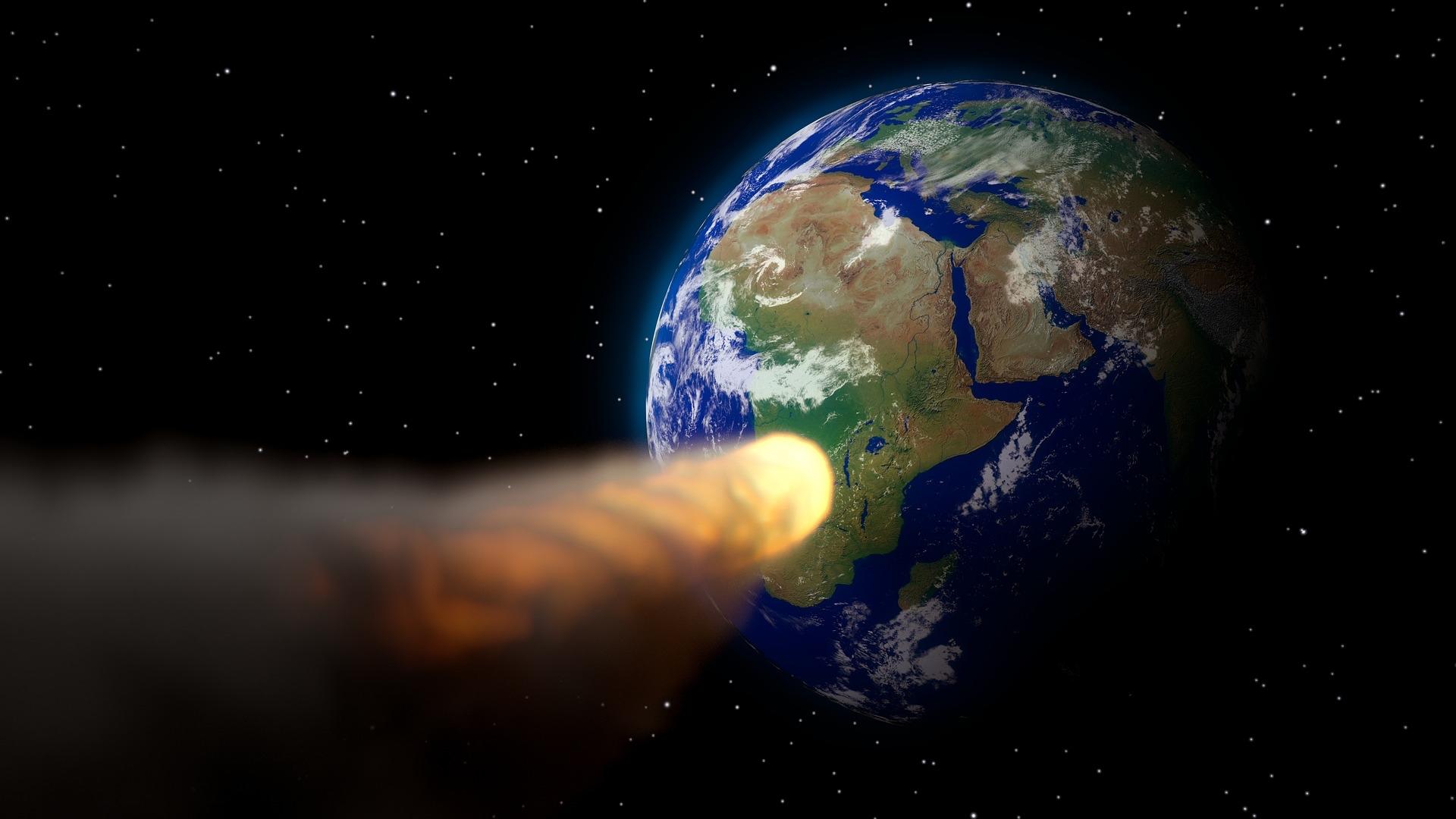
The asteroid, named 2022 EB5, was approximately the size of a small car. Although tiny by cosmic standards, its detection so close to Earth serves as a reminder of the potential threats posed by even small space objects.
Asteroid 2022 EB5 was small but still capable of creating a significant atmospheric event.
qzSource: Imminent Impact: Tracking the Asteroid’s Path
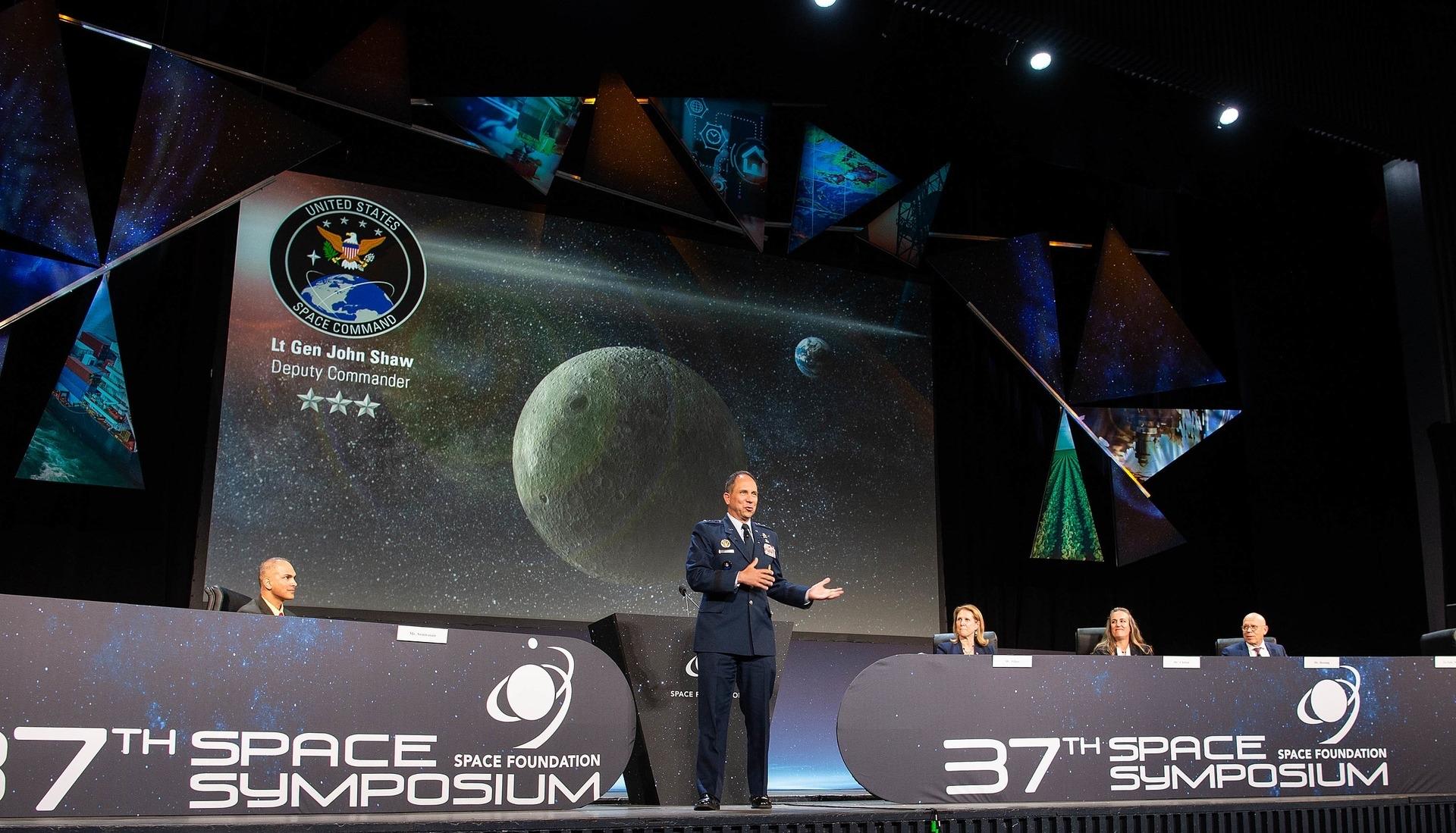
NASA’s planetary defense system identified the asteroid’s trajectory just in time. The asteroid entered Earth’s atmosphere at a high velocity, following a course that placed it on a direct collision with our planet.
Asteroid 2022 EB5 was detected hurtling through space on an imminent collision course with Earth.
A Fiery Finale: The Asteroid Burns Up Over the Arctic Ocean
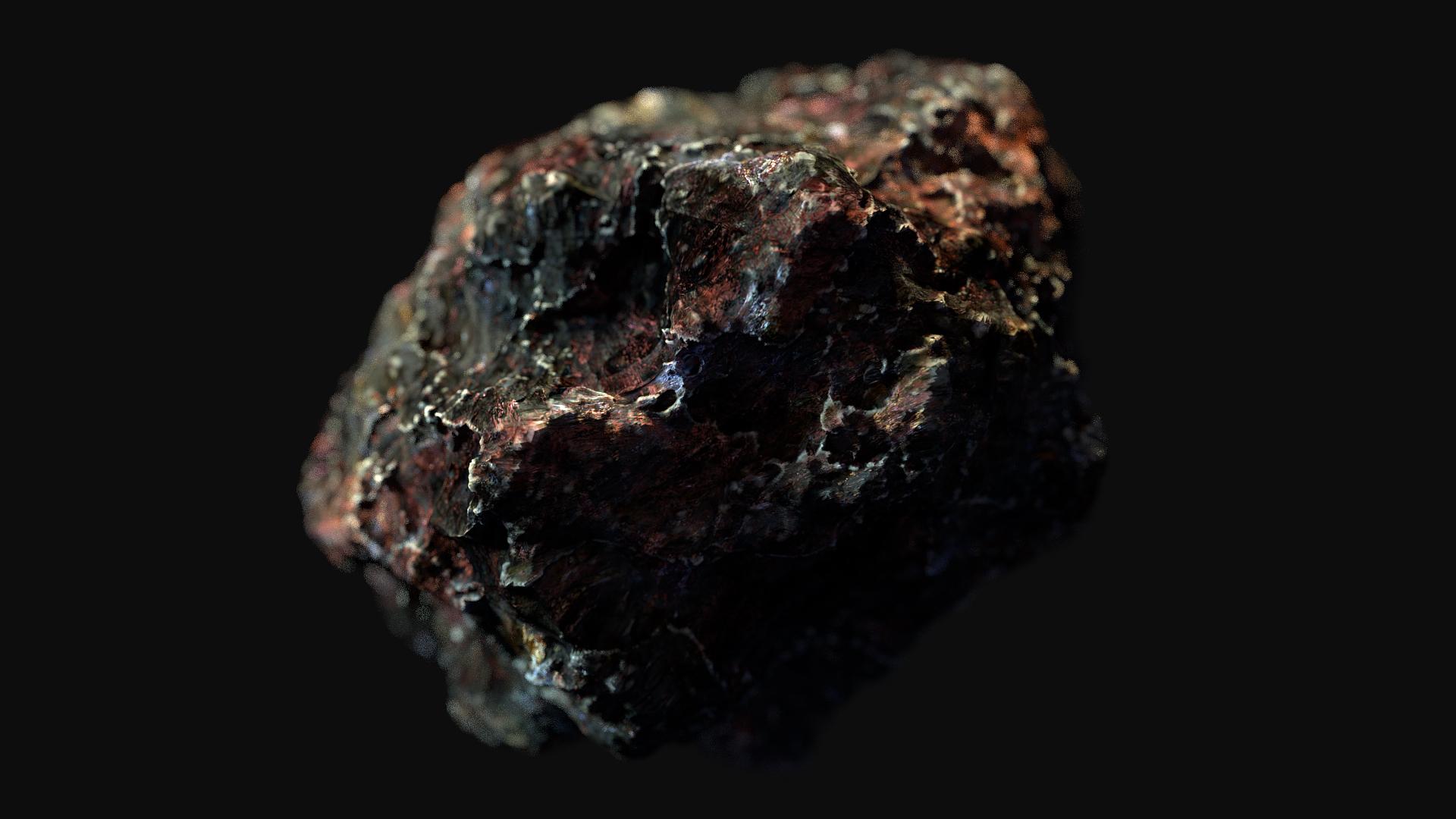
Luckily, the asteroid disintegrated upon entering Earth’s atmosphere, burning up harmlessly over the Arctic Ocean. While the impact created a bright flash in the sky, no damage was reported on the ground.
Upon entering Earth’s atmosphere, the asteroid turned into a brilliant fireball, burning up over the Arctic.
Near-Earth Objects: Constant Vigilance from NASA

This event highlights NASA’s ongoing efforts to monitor near-Earth objects (NEOs) that could potentially pose a threat to our planet. 2022 EB5 was one of the many small asteroids tracked by NASA’s planetary defense system, ensuring that even the tiniest space rocks don’t go unnoticed.
NASA continually monitors near-Earth objects, keeping an eye on potential threats from space.
The Importance of Early Detection in Asteroid Defense
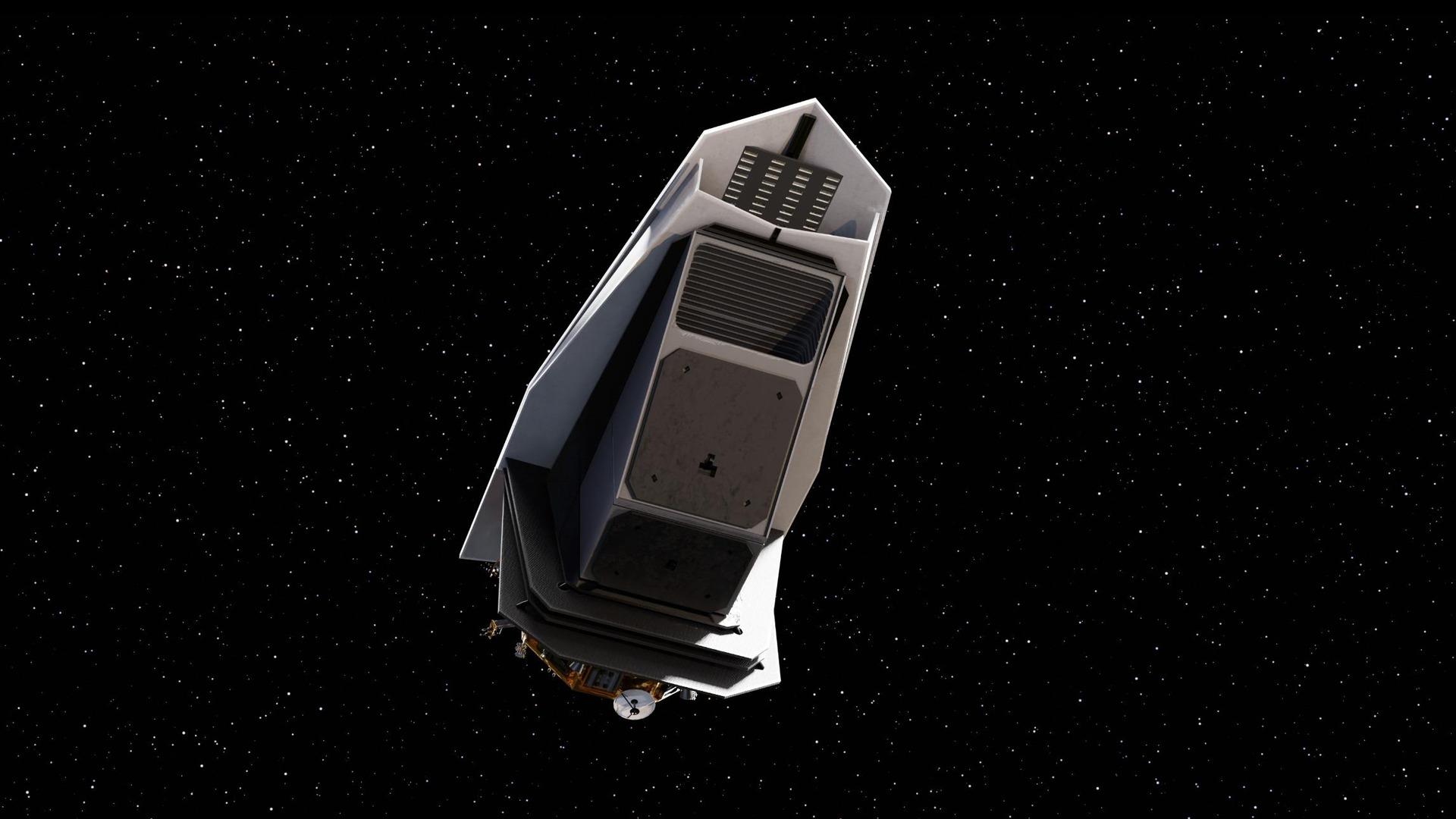
Early detection is critical in planetary defense. Although 2022 EB5 was small and not dangerous, a larger object could cause significant damage. NASA’s ability to spot such objects with limited notice demonstrates the importance of advanced space surveillance technology.
Detecting asteroids early allows for critical decision-making and potential deflection strategies.
Small but Mighty: Why Tiny Asteroids Matter
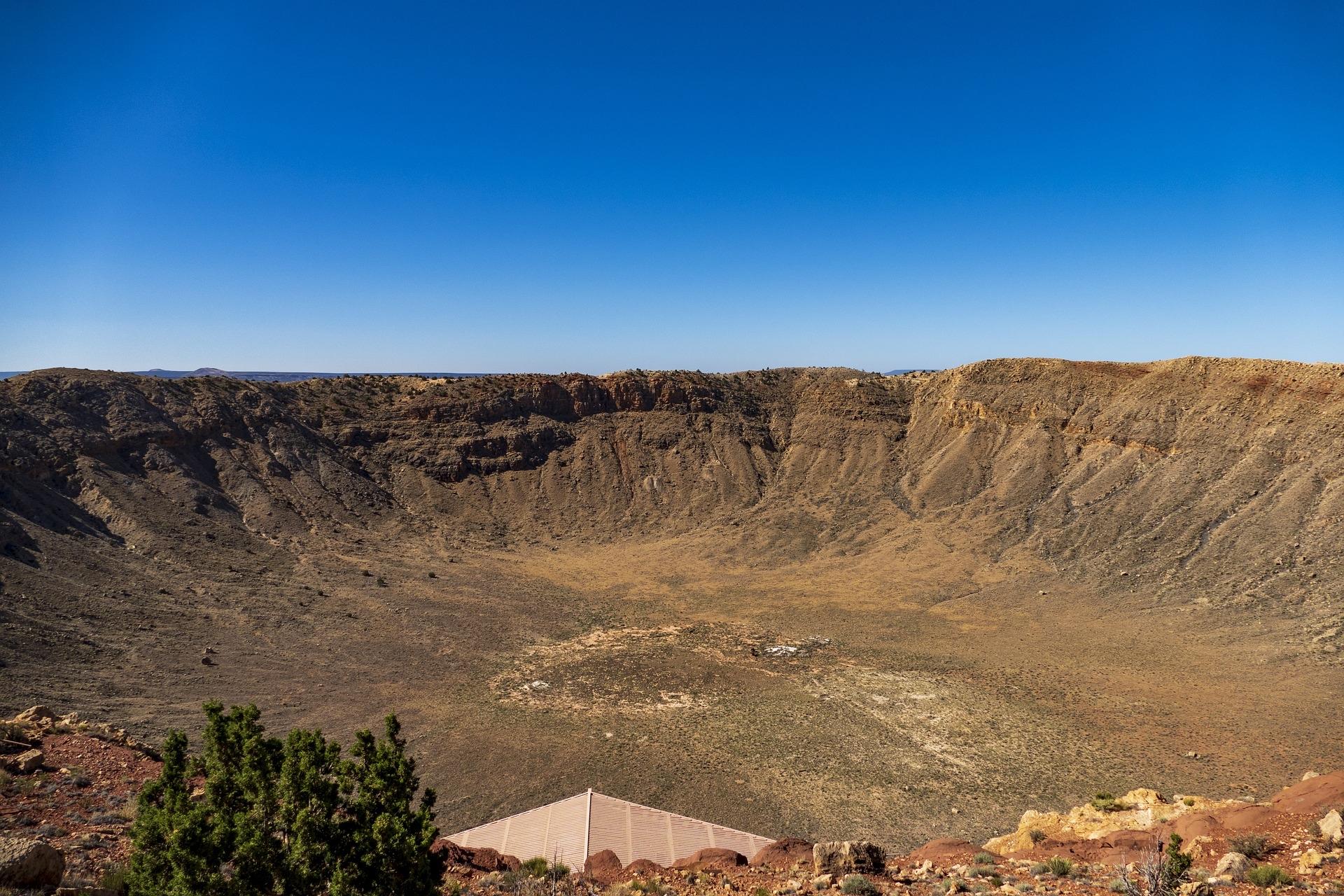
Even small asteroids like 2022 EB5 can have significant impacts on Earth. While this asteroid burned up harmlessly, slightly larger objects can cause damage similar to the Tunguska event in 1908, which flattened 2,000 square kilometers of forest in Siberia.
Small asteroids may seem insignificant, but they can still create powerful atmospheric explosions.
Preparing for the Future: NASA’s Continued Efforts

NASA continues to develop advanced technologies to track and potentially deflect dangerous asteroids. With systems like the DART mission, which aims to change the course of an asteroid, NASA is laying the groundwork for future planetary defense strategies.
NASA’s DART mission aims to demonstrate asteroid deflection techniques, preparing for larger threats.
A Global Effort: International Cooperation in Space Monitoring
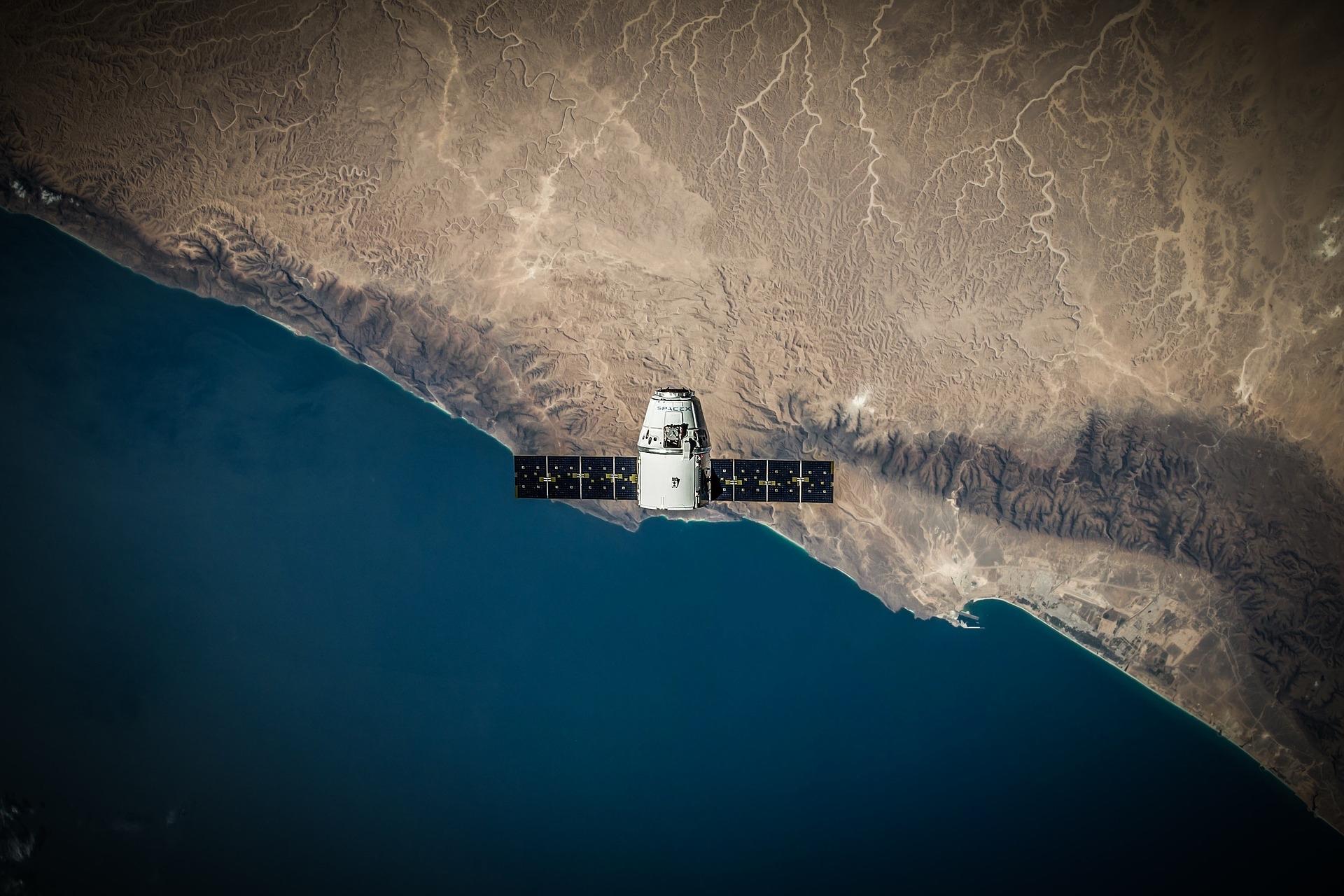
NASA isn’t alone in the mission to protect Earth from space threats. Countries worldwide collaborate in space monitoring and asteroid defense strategies, ensuring that our planet remains safe from potential cosmic dangers.
International cooperation plays a crucial role in the global effort to monitor and defend against space threats.
Reflecting on 2022 EB5: A Close Call and a Wake-Up Call
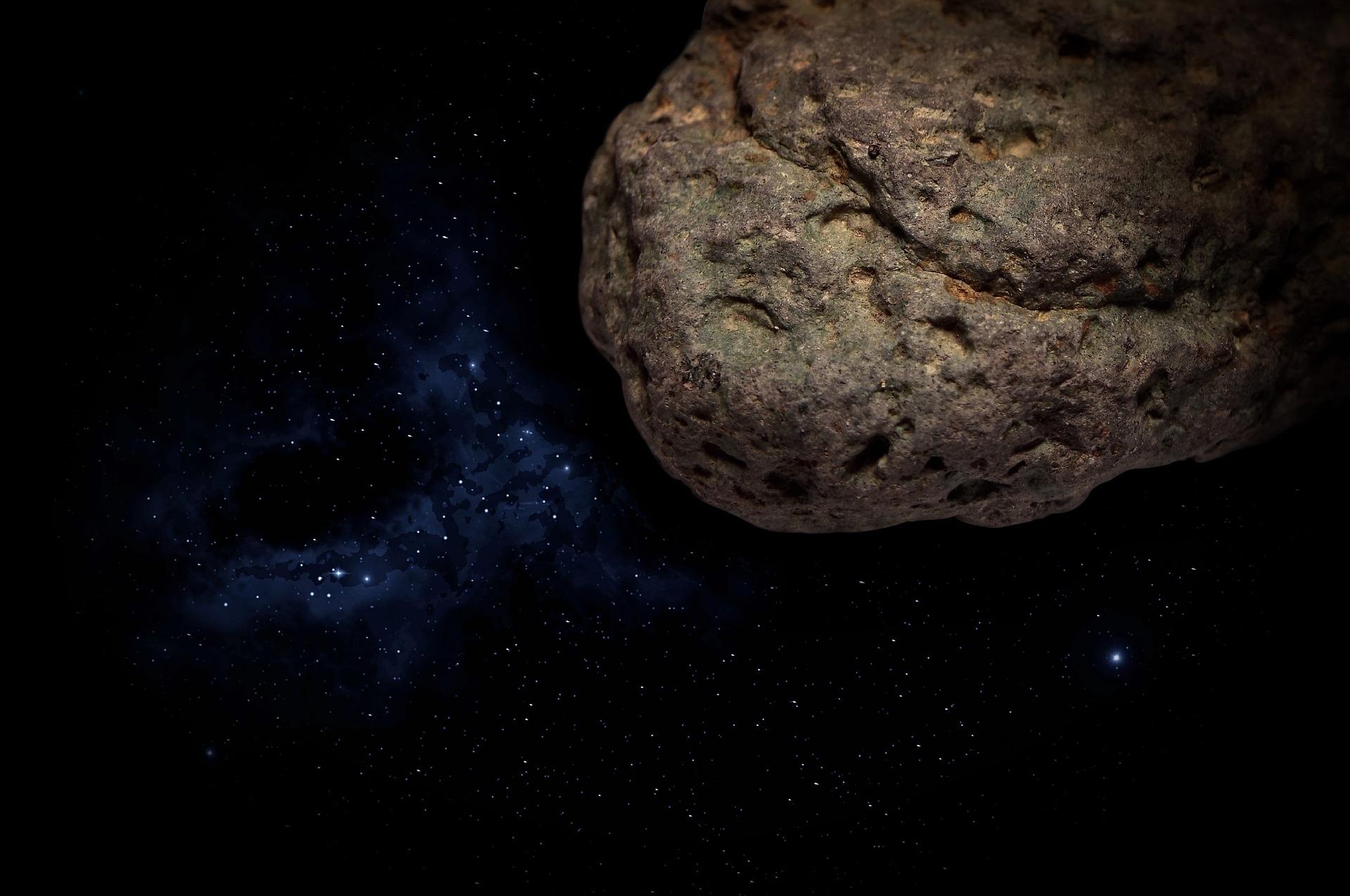
The detection of asteroid 2022 EB5 reminds us of the importance of vigilance in space. While this asteroid caused no harm, it serves as a wake-up call to remain prepared for future encounters with objects from the cosmos.
Asteroid 2022 EB5 is a reminder that even small space objects require our attention and preparedness.

